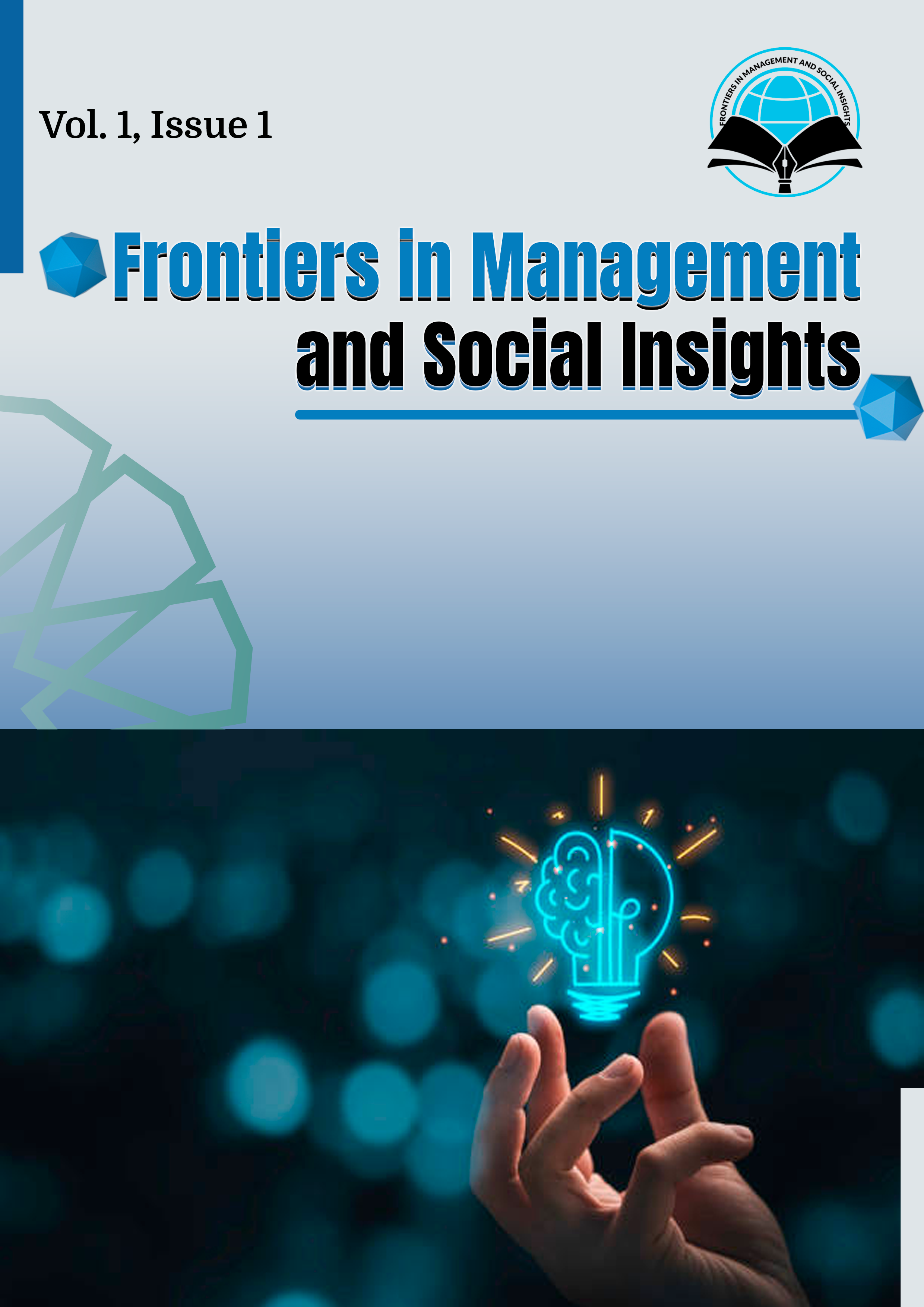Sustainable and Regenerative Coastal Tourism in Tigbauan, Iloilo, Philippines
Keywords:
regenerative tourism, economic sectors, Pagtanaw, municipality, consisting, component, multifaceted, emphasizedAbstract
Philippines’ Department of Tourism is pushing an even better and sustainable version of the Philippines' world-popular destinations. Gone are the days that promoting green tourism or simply reducing waste when you visit a place is enough, now climate concerns have highlighted the need for tourists and stakeholders to lead the movement on regenerative tourism (Rocamora, 2022). Tourism is a complex and multifaceted industry in nature that requires self-organization which transforms the evolutionary process of societal development. Thus, tourism requires a dynamic framework that embraces uncertainty, changing global trends and recommend policy that are holistic and future ready (Hussain & Haley, 2022). Being one of the largest segments of the maritime economic sectors, as well as the largest component of the tourism industry, coastal and marine tourism often raise controversy regarding the environmental impacts and the compatibilities with other human activities. Coastal and marine space is home to a constantly growing number of human activities and facilities, the most important of which are those related to coastal and marine tourism (Papageorgiou, 2016).
Coastal towns are challenged in ways that their inland counterpart and too often they rely on the natural assets of their beaches, and in temperate climates, this must conspire with good weather to bring in the crowds (Cash, 2022). Moreover DOST framed the Pagtanaw 2030 which emphasized Blue Economy as a primary vision for Philippines. Section 4.1 of the Philippine Strategic Plan Blue Economy emphasized the “Blue Economy” that is an overarching operational area that highlights the Philippines’ inherently archipelagic nature and resources, pointing towards the sustainable use of marine resources—living and non-living—for the improvement of people’s livelihoods while preserving the overall health of our marine ecosystems (nast.dost.gov.ph). Tigbauan is a second-class municipality with a land area of 8,889 ha or 88.89 sq. km. The urban core, consisting of 10 barangays, has an area of 169 hectares or 1.69 square kilometers representing 1.90% of the total area of the municipality while the 42 rural barangays occupy a total area of 8,720 ha or 80.720 square kilometers equivalent to 98.10%. The municipality’s coastline is 8-km. stretch spanning 10 coastal barangays from Brgy. Barroc down to Brgy. Buyuan. The municipal waters covered by this coastline serve as fishing grounds for both migrating and endemic fishes. The inland bodies of water consisted of two (2) main rivers, namely: the Sibalom River and the Tacuyong River. The latter joins the Sibalom River at the Western side of the urban core barangays before flowing into the Panay Gulf. The municipality of Tigbauan is a coastal town 23 kilometers southwest of Iloilo City. It is one of the seven (7) towns comprising the First District of the Province of Iloilo which lies between 10º40’30” latitude and 122º22’30” longitude. It is bounded by the towns of Leon on the Northwest, San Miguel on the Northeast, Oton on the East, Guimbal to the West, and by the Iloilo Strait on the South (www.tigbauan.gov.ph). Thus, like the municipality of Tigbauan, a thorough understanding of the sustainable and regenerative tourism concepts from the stakeholders further helps to develop solid programs for the coastal communities.





